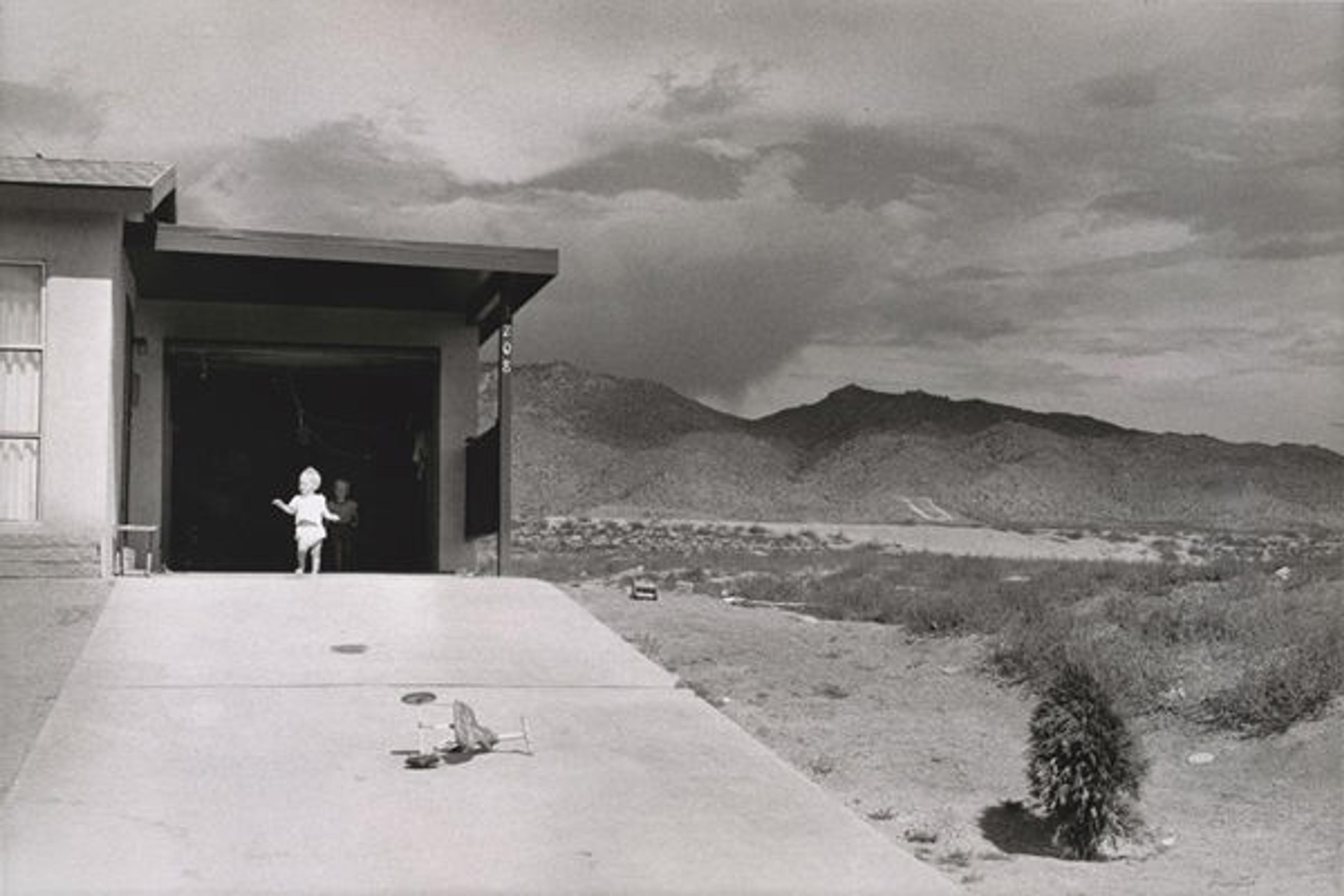Garry Winogrand (American, 1928–1984). New York, 1968. Gelatin silver print. San Francisco Museum of Modern Art, Gift of Dr. L.F. Peede, Jr.
«Today, with the special features on DSLRs, you can get a good shot even in difficult lighting environments. You can also use Photoshop and special effects to alter photographs after they've been taken. But imagine a time in which photo editing was not as common and photography was not as easy to do as it is today.»
Garry Winogrand, a photographer from New York and the subject of the current exhibition Garry Winogrand, took most of his photographs with the assumption that, as he was snapping away, he would capture at least one with meaning. As disorienting as some of his photographs are, there is a story behind each one that portrays the culture of the 1950s and 1960s. People driving around with monkeys, men running naked through the streets, elaborate parties—these were just some of Winogrand's iconic images.
How can we compare Winogrand's career to the up-and-coming career of a teen photographer today? We can start off with Winogrand's use of black-and-white film. His choice to shoot only in black and white maintained a continuity throughout all his photographs despite their disparate themes. Today, a photographer's choice to use black-and-white film enables him or her to give photos a sense of timelessness.
Everyone in Winogrand's photographs had a story, though he never told those stories outright; he made viewers piece them together for themselves. Everyone he chose not to not photograph had a story as well, and it was Winogrand who decided which seemed more intriguing than the others. It is the same with photographers today and, in general, with all artists: the eye leads the way.

Garry Winogrand (American, 1928–1984). Albuquerque, 1957. Gelatin silver print. The Museum of Modern Art, New York, Purchase
Social norms concerning photography have changed between the 1950s and '60s and today. For example, people are now more cautious about photographing children due to an increased awareness of pedophilia. Male photographers are at a disadvantage and are judged when they attempt to photograph children lightheartedly playing. With these societal boundaries, free-roaming photography becomes limited because certain kinds of people or places are placed under restrictions.
There is a little more leniency with teenagers taking photos of children, especially with female photographers, but not much. This summer, I was by a playground in Central Park and wanted to take pictures of the adorable kids who were playing together, but I froze and shifted routes to avoid the park altogether. Instead I sat on a rock, where I saw a group of camp kids racing each other. With the zoom lens on my camera, I shot a few pictures of them and, although I had done nothing wrong, a feeling of guilt rushed over me.

Joleyne (American, b. 1997). Children at Play, 2014. Digital photograph
Stealthy photographic practices have become more of a necessity than an amusement. Winogrand preserved photography's natural wonder by confidently presenting his camera in front of anyone's face. However, we must consider the fact that photography inspired greater awe back in the 1950s and '60s than it does today, where digital cameras are readily available.
Our artistic choices may now be more limited in terms of subject matter, but developing technology can also let us branch out. We have reached the deepest realms of the ocean and have shot photos of the vast marine life, made possible by the technology that protects cameras underwater. Of course human subjects make for intriguing photographs, but there are also animals, plants, storms, objects, and many other marvelous topics. Will the world ever run out of things to photograph?
